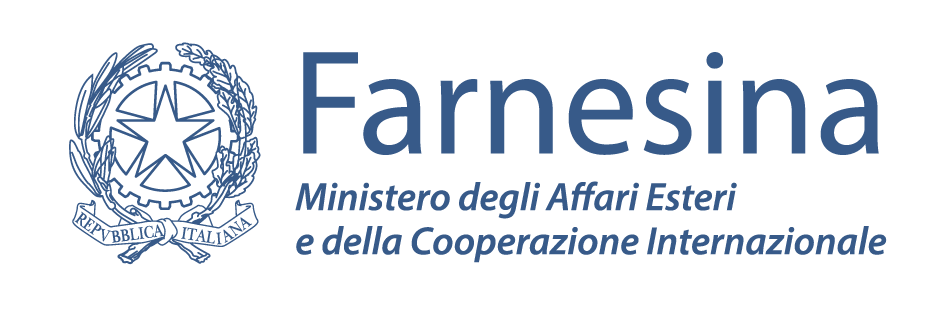(WP0) Project Coordination
Project Plan 2017-2019
The Project Plan document describes the main activities to be implemented during the SnATCH Project, thus allowing the achievement of the expected objectives. The document also describes the time schedule as intended for each of the work packages described in the report.
(WP1) Definition of the cultural heritage application constraints and objectives
Confidential Report N1.1
Common Cultural Heritage Analysis
The document is devoted to the analysis of the principal cultural heritage for Italy and for Japan. The objective of this evaluation is to know which kind of artworks and building could be monitored to achieve the objective of this project of Structural Health Monitoring in Cultural Heritage.
Internal reports:
- Italian Cultural Heritage
- Japanese Cultural Heritage
Confidential Report N1.2
SoA solutions to pervasive computing and distributed monitoring systems
The document is devoted to the analysis of the State of the Art (SoA) for Structural Health Monitoring (SHM) systems, as implemented in the literature. In particular, the investigation is focused on the study of the potential advantages and disadvantages, which may be obtained by the deployment of such systems for the distributed and continuous monitoring of the interested scenarios. Moreover, the analysis is also devoted to the investigation of the commonly used approaches for pervasive computing and distributed systems, thus enabling the data acquisition related to diversified quantities. The SoA review reported in this document will also demonstrate how technologies and methodologies applied to the investigated problem, may improve the defense of cultural heritage, such as in maintenance and safeguard of the artworks.
Internal reports:
- Structural Health Monitoring Systems Overview
- Non-destructive Method
- Destructive Method
- Monitoring Systems Overview
- Application Examples
Confidential Report N1.3
Wireless Sensor Network in Structural Health Monitoring
Investigation of the main platforms and devices employed for the implementation of monitoring distributed systems. The analysis is mainly focused on the technical aspects, thus identifying how and with which devices common SoA solutions are implemented.
Internal reports:
- Wireless Sensor Network in Structural Health Monitoring
- Wired Sensor Network in Structural Health Monitoring
Confidential Report N1.4
The ELEDIA Know-How in pervasive computing and distributed systems
Report on the ELEDIA know-how on distributed monitoring systems, as applied to several application scenarios. The analysis of the main pros and cons of the experienced systems is also described, as validated by the on-site implemented monitoring systems.
Internal reports:
- ELEDIA outdoor monitoring from Precision Farming Applications
- ELEDIA Smart Building Systems
- ELEDIA Smart Museum Background
Confidential Report N1.5
Project Application Constraints and Objectives
Study and definition of the application constraints, which may impact on the monitoring system to be design in the successive activities. A reference scenario is also considered for the analysis.
Internal reports:
- Definition of a reference scenario for Cultural Heritage SHM
- Application constraints analysis

